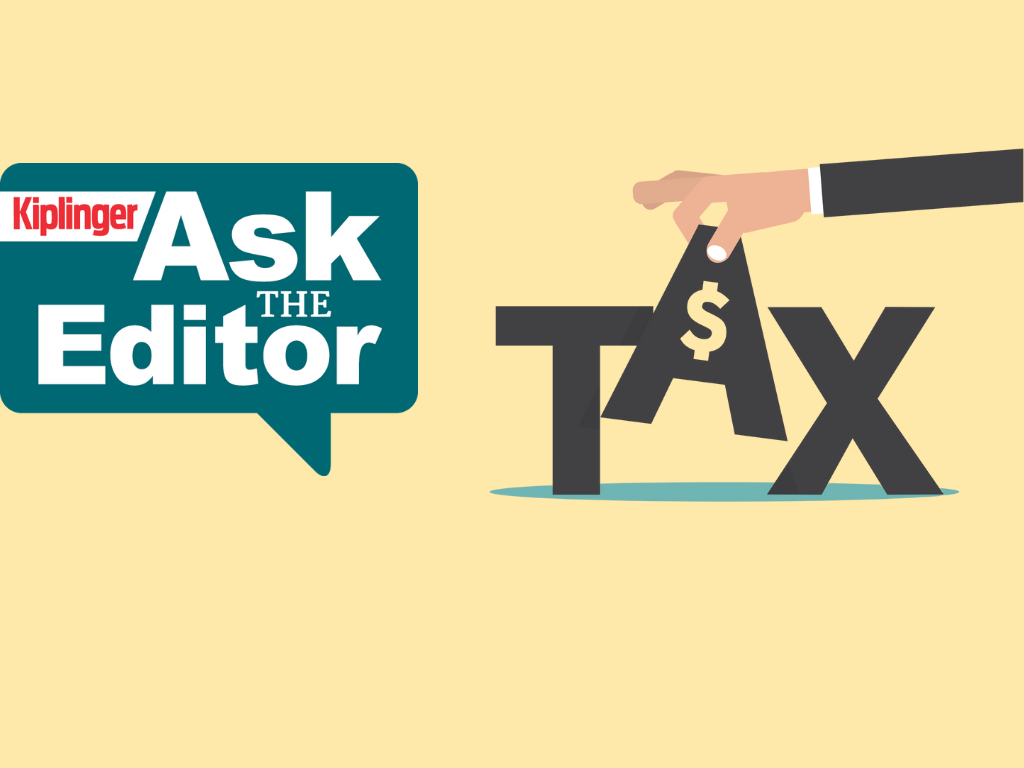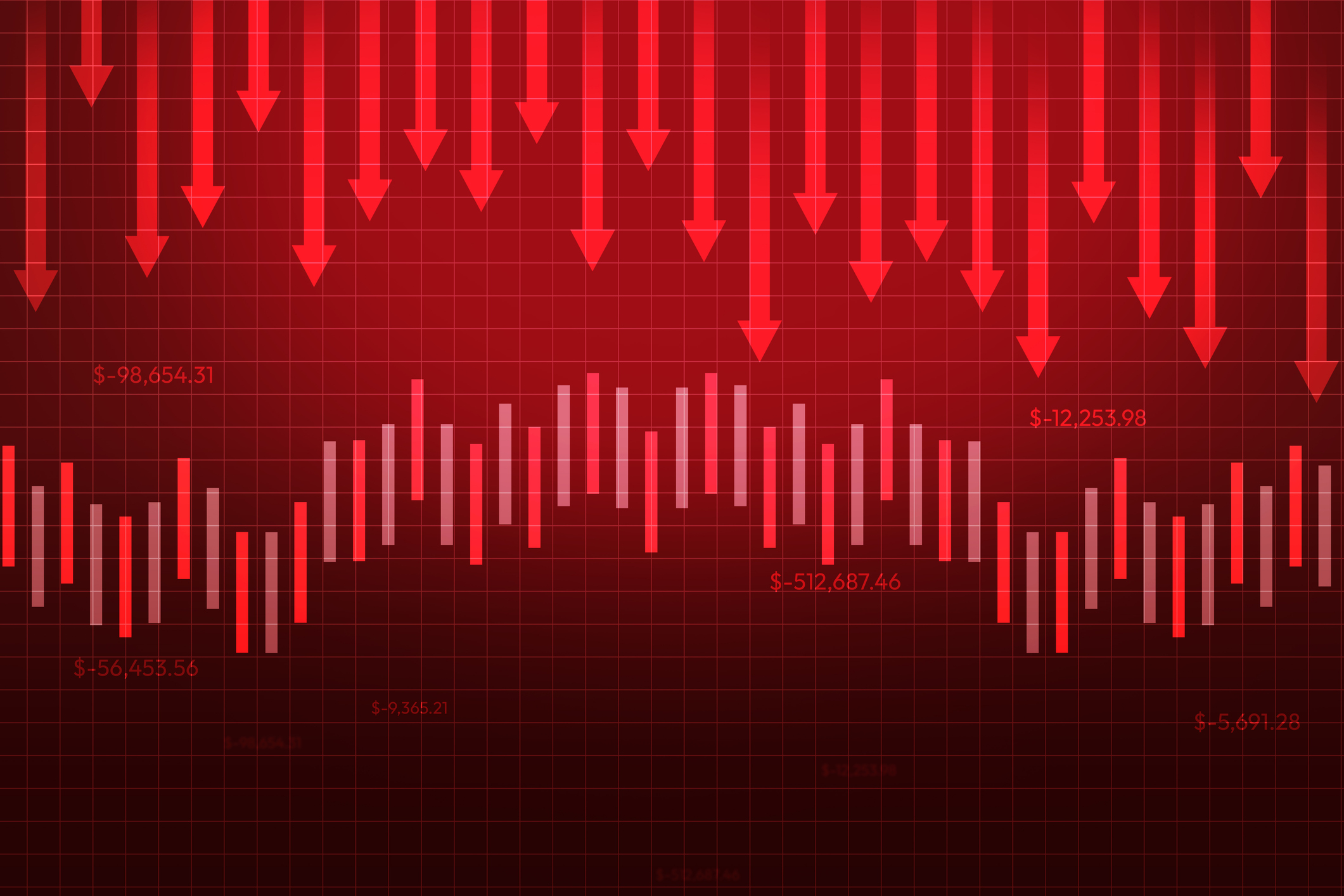The Best Consumer Discretionary Stocks to Buy
Consumer discretionary stocks are a bet on the broader economy. How do investors narrow the field to find the best ones to buy?


I don't know if you've tried to do anything lately, but if you have, you know you're paying through the nose for it.
Amusement parks? Expensive.
The casino? Expensive.
From just $107.88 $24.99 for Kiplinger Personal Finance
Be a smarter, better informed investor.

Sign up for Kiplinger’s Free Newsletters
Profit and prosper with the best of expert advice on investing, taxes, retirement, personal finance and more - straight to your e-mail.
Profit and prosper with the best of expert advice - straight to your e-mail.
Funerals? We hope you're not exactly burning through caskets, but yes, they're expensive, too.
Wouldn't you at least like to make a little cash on these transactions?
Buying consumer discretionary stocks isn't exactly that direct.
But they can help you tap Americans' spending on a wide variety of the nonessential goods and services that we buy when we have a little extra cash to spare.
Let's dig deeper into consumer discretionary stocks to understand why you'd want to invest in them.
Let's talk about how to find the best consumer discretionary stocks to buy.
What are consumer discretionary stocks?
The companies responsible for consumer goods and services are largely divided into two stock sectors: consumer staples and consumer discretionary.
You'll occasionally see staples and discretionaries classified as "needs" and "wants," respectively. It's somewhat accurate, but not totally.
A better way to think about them is this: Consumer staples are producers and retailers of goods you not only need, but need on a daily or regular and frequent basis.
The companies that make just about everything you can get at a grocery store — from food and beverages to toothpaste and toilet paper — are consumer staples stocks. (Grocery stores are, too.)
Consumer discretionaries, meanwhile, are producers and retailers of goods and services you might not only want, but also of goods and services you need — just not as frequently as staples.
For instance, no one really needs a fast-food burger or a coffee-shop latte – they're wants. But you might need a car to get to your job. You certainly need shoes on your feet.
They're needs; You just won't buy them as often as you buy groceries. But the companies that provide all these things are all examples of discretionary stocks.
This sector covers a wide swath of businesses, including:
Retailers: These are the stores we visit to buy clothing, electronics, furniture and other goods that we desire but can live without.
Examples include Amazon (AMZN) and Home Depot (HD).
Restaurants & Entertainment: From dining out to catching the latest blockbuster at the cinema, these companies cater to our desire for experiences.
Think McDonald's (MCD) and Starbucks (SBUX).
Automotive: Companies in this sector manufacture and sell vehicles, parts and accessories.
We're looking at you, Tesla (TSLA) and O'Reilly Automotive (ORLY).
Leisure & Hospitality: Think hotels, resorts and travel companies — everything we indulge in when we're seeking relaxation or adventure.
Hilton Worldwide (HLT) and Booking Holdings (BKNG) are big here.
"But wait," you say, "I thought Amazon and Tesla were tech stocks."
In many cases, what a stock "feels like" isn't necessarily in line with how the Global Industry Classification Standard (GICS) and other systems classify companies.
Amazon is extremely intertwined with technology, but its core business is retail. Tesla's vehicles are extremely tech-heavy, but, ultimately, it's an automaker.
Why do investors buy consumer discretionary stocks?
If you have a few spare minutes, look at the long-term stock charts of some of the names listed above.
At the risk of sounding glib, that's why investors buy consumer discretionary stocks.
Consumer discretionary stocks are a bet on the broader economy, and in the U.S., that has historically been a fantastic bet.
On an individual basis, today's single-location burger shack can turn into a global burger powerhouse; an online marketplace for books can become one of the world's largest retailers (and a cloud giant, too); a lone coffee, tea and spice store in Seattle's Pike Place Market can become not just the world's largest coffee chain, but across many places on this planet, a status symbol in a cup.
In short: They can deliver untold growth.
At least some interest in consumer discretionary stocks is their familiarity.
We feel a connection to these brands, and by extension, we know them somewhat better than we do more detached sectors such as materials and industrials.
"People who invest in consumer discretionary stocks may enjoy that it's a sector full of products and services that we interact with every day," says TD Bank.
"It can be easy to understand how the things companies are selling work, as well as the economic shifts that impact these operations because we feel them ourselves. For novice investors, these businesses can seem more tangible and directly connected to the broader economy than other industry sectors."
Remember that the consumer discretionary sector's arrow doesn't always point north.
Consumer discretionary stocks are often referred to as "consumer cyclicals" because of their highly cyclical nature. When the economy is roaring, people tend to empty their wallets into "wants," whether that's TVs and sneakers or movie tickets and vacations.
But when the economy pulls back, so do spenders, who must conserve their money for more necessary (staples) purchases.
That's why Staples stocks are considered "recession-proof." Discretionaries? Not so much.
How do you find the best consumer discretionary stocks?
Maybe you want megacap brands or punchier small-cap stocks. Maybe you care about value or want growth at all costs.
We can't tell you exactly what you'd want when looking for the best stocks to buy in the consumer discretionary sector. We can help you start your search with a basic quality screen.
To get to the following list of consumer discretionary stocks, we've looked for names.
Within the S&P Composite 1500: This index is a combination of the S&P 500, S&P MidCap 400 and S&P SmallCap 600.
This screen allows for stocks of different sizes, but it still represents roughly 90% of America's market capitalization, weeding out the smallest stocks.
With a long-term estimated earnings-per-share growth rate of at least 8%: Given that consumer discretionary stocks are expected to be more growthy than their defensive-minded staples brethren, we'll want a better earnings growth rate than what we look for in the best consumer staples stocks.
I've set the bar at 8% annual growth, vs 5% for staples. Just remember: Expectations don't guarantee results.
With at least five covering analysts: We'd like to look at stocks that are on Wall Street analysts' radar, which makes it likelier that there's both more reporting and more insights on these companies.
The more research we have at our disposal, the more educated a decision we can make.
With a consensus Buy rating: All the stocks must have an average broker recommendation of 2.5 or less within S&P Global Market Intelligence's ratings scale.
S&P Global Market Intelligence converts analyst ratings into a numerical scale. Anything with a score of 2.5 or less is considered a Buy.
With a dividend yield of at least 1.5%: Dividends are a nice top-up to the growth you can expect out of discretionary names.
We've set a minimum dividend yield of 1.5% for the companies that pay shareholders, which ensures that we get a little more income than the S&P 500 (current yield: 1.3%).
That said, if you want to go all-in on growth, consider trying out a screen similar to what we've produced today, but backing out the dividend yield entirely.
Company (ticker) | Long-term EPS growth rate | Dividend yield | Analysts' consensus recommendation |
Marriott Vacations Worldwide (VAC) | 6.8% | 3.9% | 2.20 |
PHINIA (PHIN) | 22.4 | 2.3 | 2.20 |
Nike (NKE) | 4.5 | 2.1 | 2.17 |
Darden Restaurants (DRI) | 9.5 | 2.5 | 2.03 |
Lowe's Companies (LOW) | 5.6 | 2.1 | 2.03 |
Dana (DAN) | 10.4 | 1.1 | 2.00 |
Home Depot (HD) | 5.0 | 2.5 | 1.84 |
Autoliv (ALV) | 6.6 | 2.9 | 1.79 |
Las Vegas Sands (LVS) | 12.5 | 2.1 | 1.68 |
Bath & Body Works (BBWI) | 12.0 | 2.4 | 1.67 |
Hasbro (HAS) | 8.6 | 3.6 | 1.57 |
Related content
Profit and prosper with the best of Kiplinger's advice on investing, taxes, retirement, personal finance and much more. Delivered daily. Enter your email in the box and click Sign Me Up.
Kyle Woodley is the Editor-in-Chief of WealthUp, a site dedicated to improving the personal finances and financial literacy of people of all ages. He also writes the weekly The Weekend Tea newsletter, which covers both news and analysis about spending, saving, investing, the economy and more.
Kyle was previously the Senior Investing Editor for Kiplinger.com, and the Managing Editor for InvestorPlace.com before that. His work has appeared in several outlets, including Yahoo! Finance, MSN Money, Barchart, The Globe & Mail and the Nasdaq. He also has appeared as a guest on Fox Business Network and Money Radio, among other shows and podcasts, and he has been quoted in several outlets, including MarketWatch, Vice and Univision. He is a proud graduate of The Ohio State University, where he earned a BA in journalism.
You can check out his thoughts on the markets (and more) at @KyleWoodley.
-
 Worried About an AI Bubble? Here’s What You Need to Know
Worried About an AI Bubble? Here’s What You Need to KnowThe Kiplinger Letter With the introduction of OpenAI’s new AI social media app, Sora, the internet is about to be flooded with startling AI-generated videos.
-
 Ask the Editor: Deducting Car Loan Interest
Ask the Editor: Deducting Car Loan InterestAsk the Editor In this week's Ask the Editor Q&A, Joy Taylor answers questions on the new tax deduction for paying interest on vehicle loans.
-
 Costco Gold Bars Keep Selling Out. Are They a Smart Investment?
Costco Gold Bars Keep Selling Out. Are They a Smart Investment?How Costco's bullion program works, how to get the best deal and whether it makes sense for investors.
-
 Use This Stock Market Recipe for a Well-Diversified Portfolio
Use This Stock Market Recipe for a Well-Diversified PortfolioFor years, large U.S. stocks were all you needed for a diversified portfolio. A broader mix is better now.
-
 A Financial Planner's Guide to a Stress-Free Adventure Abroad
A Financial Planner's Guide to a Stress-Free Adventure AbroadStart by looking at flight/accommodation costs, have a flexible schedule, seek out credit card rewards, prep for health issues and plan to cook your own food.
-
 I'm a Financial Planner: This Is How Smart Women Can Plan for Financial Freedom Despite Life's Curveballs
I'm a Financial Planner: This Is How Smart Women Can Plan for Financial Freedom Despite Life's CurveballsProactive planning and professional guidance can help to build your confidence and give you clarity when you're navigating major life transitions.
-
 Risk Is Off Again, Dow Falls 397 Points: Stock Market Today
Risk Is Off Again, Dow Falls 397 Points: Stock Market TodayMarket participants are weighing still-solid earnings against both expectations and an increasingly opaque economic picture.
-
 A Broad Approach to Innovative Trends Helps This SPDR ETF Outperform
A Broad Approach to Innovative Trends Helps This SPDR ETF OutperformThe SPDR S&P Kensho New Economies Composite's bets on transformational technologies have sparked volatility – and big gains – this year.
-
 The Best Invesco ETFs to Buy
The Best Invesco ETFs to BuyInvesco's expansive and diverse ETF lineup includes multiple notable candidates for serious investors. Here are the best Invesco ETFs to buy.
-
 Parents and Caregivers: Don't Miss Your Roth Conversion Window
Parents and Caregivers: Don't Miss Your Roth Conversion WindowCaring for a child or parent can mean a drop in income and a lower tax bracket. Why not take advantage by moving money into a Roth account? Here's how it works.
